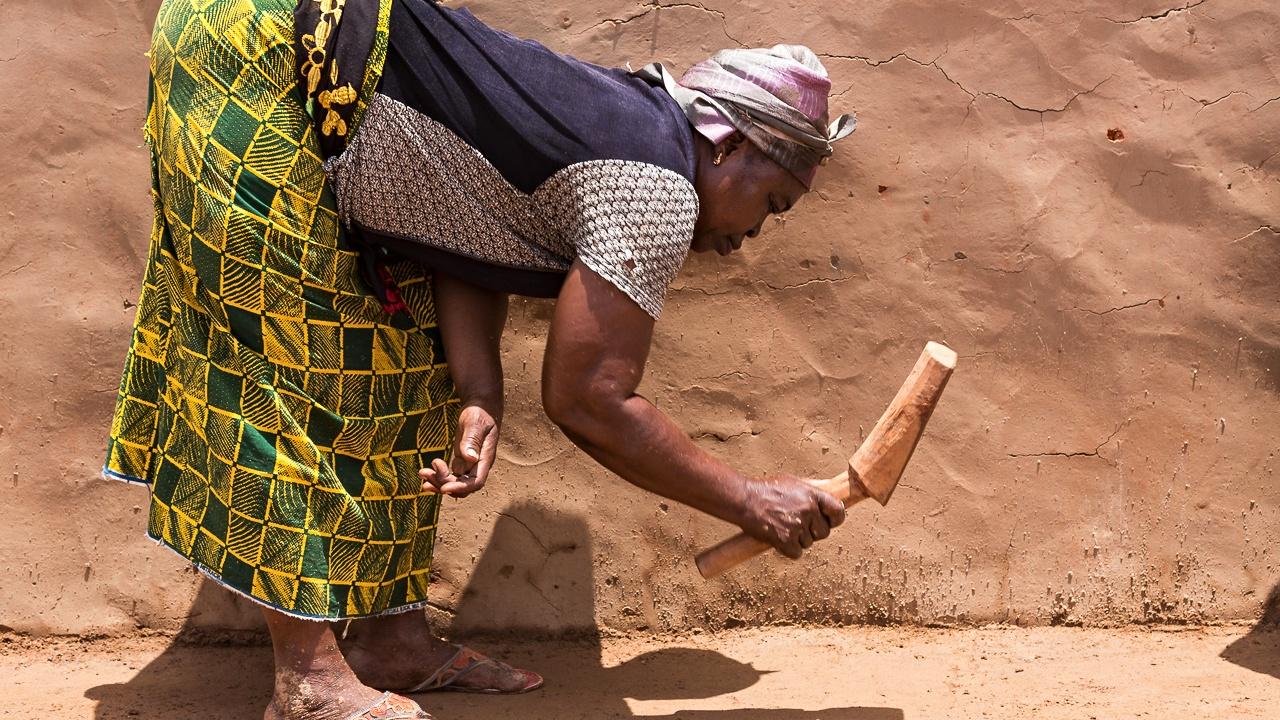Charlotte Scott tells the tale of the two sides of Cape Town.
Cape Town is my home, but it is not always a city of opportunity or safety.
Decades of racial segregation have left behind a tale of two cities, one prosperous, the other poor and riddled with violence. Black and coloured ‘townships’ lie all along the fringe of one of the world’s most beautiful cities. They are characterised by informal housing, blocked public toilets, inaccessible roads, under-resourced schools, periodic flooding and violent gangsterism. In a cruel twist of fate, many are also situated along some of the most breath-taking coastline this city has to offer. A coastline home to spectacular marine biodiversity, the best surfing conditions around the country and a culture that is uniquely South African.
Yet, to many township inhabitants the coast is just one more dangerous place to avoid and one more affluent area where they won’t feel welcome. The City’s tagline “This City Works For You” has been appropriated by some into “This City Works For A Few”.
Capricorn township has one of the highest levels of violence and gangsterism in the country. Supported by the Save Our Seas Shark Centre we ran a pilot 8-week program with 11 children aged 10 to 12 from Capricorn Primary school. This project, the Marine Explorers Club aimed to take back that coastal space and show a group of children that this is still their city, and still their coastline.
The project worked to give each child the skills they needed to become comfortable, safe and mobile in the water. Students began the course barely able to keep their heads above water and after 8 weeks were qualified PADI Skin Divers.
The first session in the water two students nearly drowned each other out of fright. By their last session they were so enthralled with fish, anemones and shysharks you couldn’t get them out of the water.
One of the most poignant moments happened when the students had just finished their first unassisted open-ocean snorkel experience. We were walking up from the beach past a string of exclusive beachfront restaurants when we passed a young boy sitting on the sidewalk singing with a homemade tambourine, asking for small change.
As we passed him one of the girls, Alulutho, grabbed my arm. “We know that boy. He used to go to our school.”
Several of the students then told me the story of how the boy begging on the street had dropped out of school to help his Dad earn extra cash, weeks before the project started. He hadn’t been seen since, until now.
The difference between the boy with the tambourine and the children from the project was stark. The boy on the side of the street was an outsider, only here because he needed the money. The children from the project walked down the street, past the fancy restaurants, boutiques and B&Bs, like they belonged there, like this was their space. And they didn’t need a credit card to enjoy it.
This blog was originally posted on A Season of Urban Vignettes.







